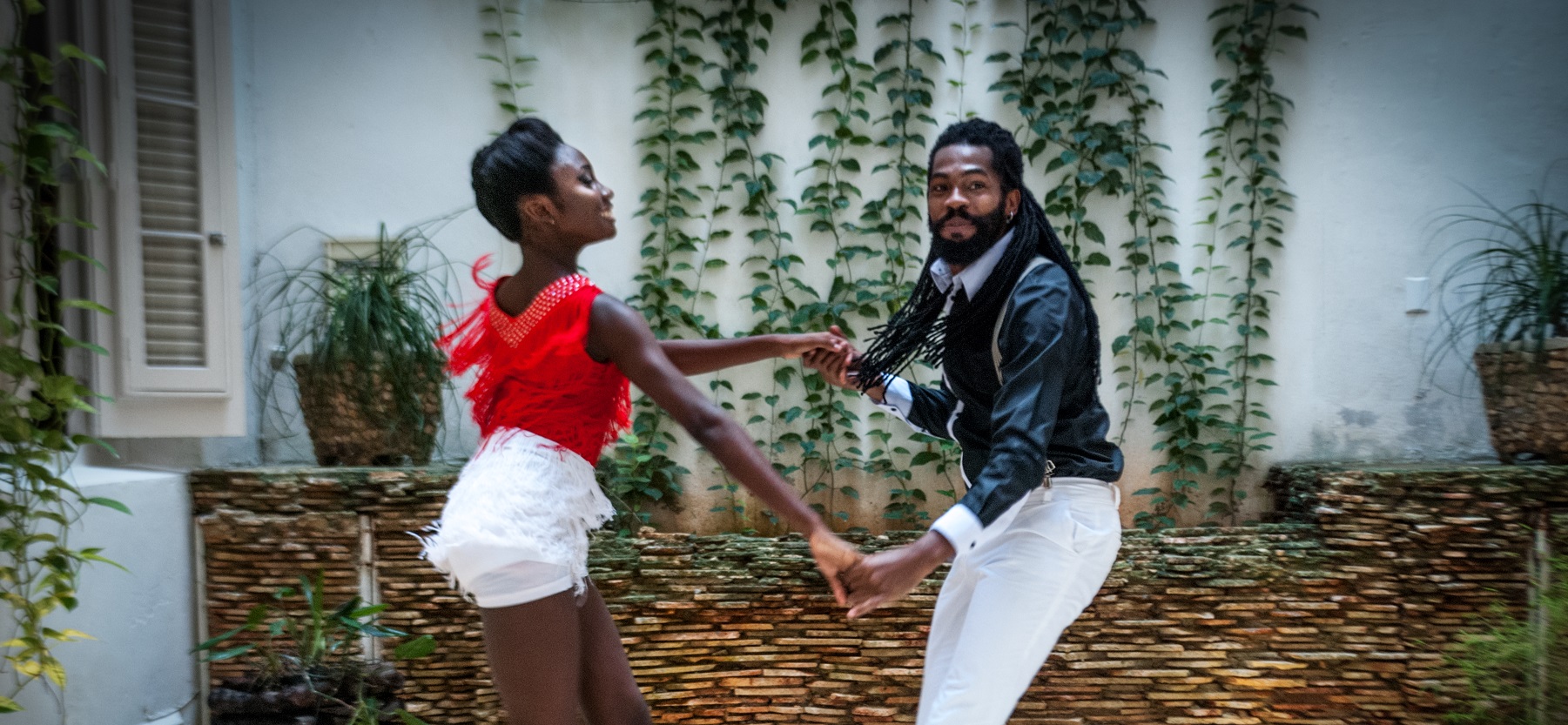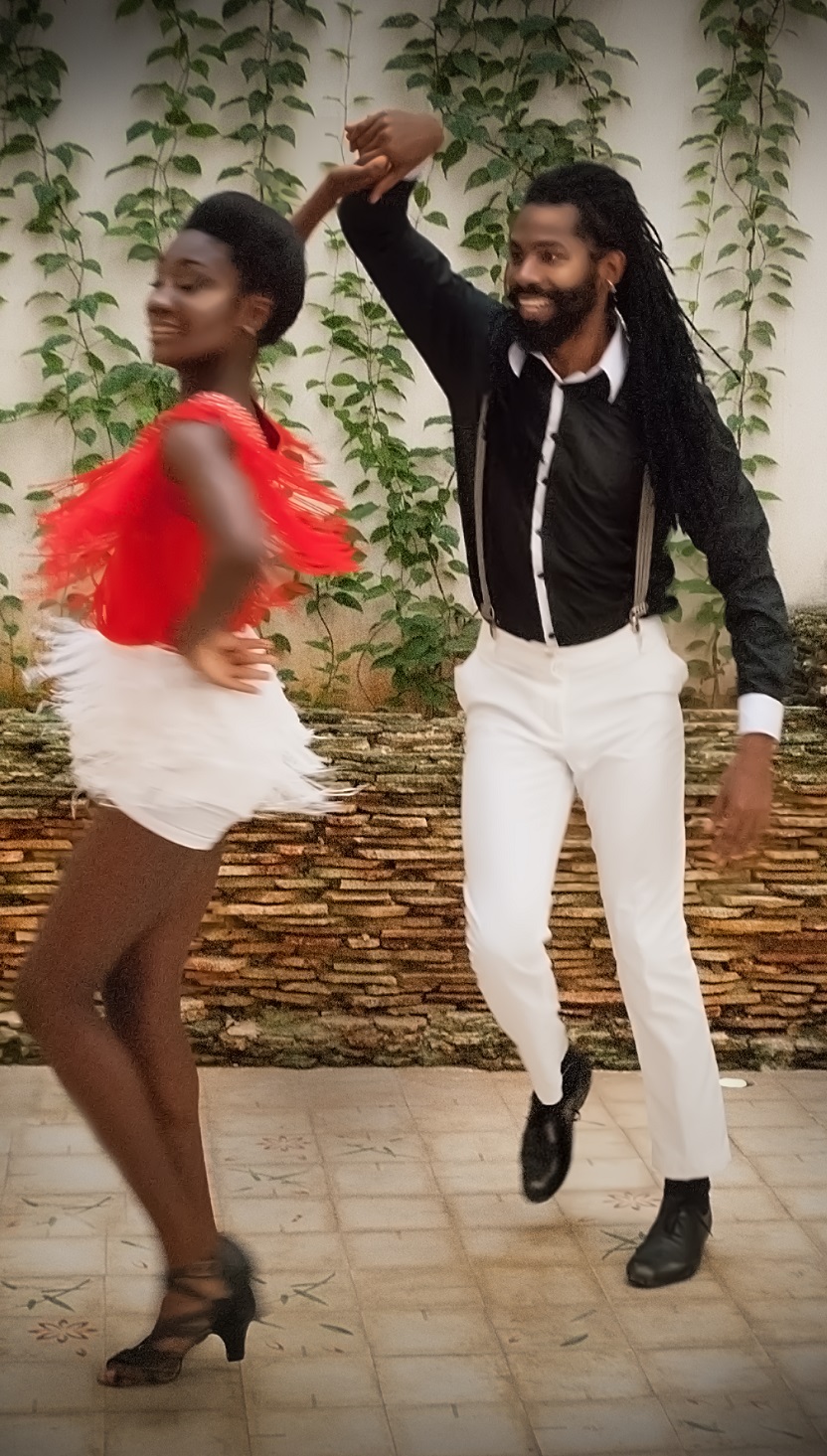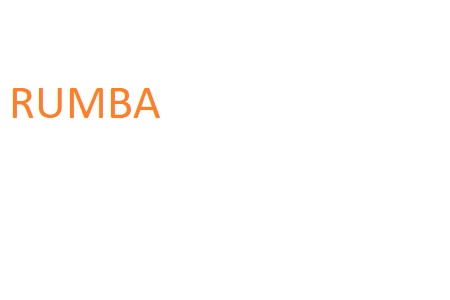Salsa
The fusion of rhythms
Salsa is a set of Afro-Caribbean rhythms fused with jazz and other styles. Its birth has been much debated, but it is known it comes from a fusion carried out by blacks in the Caribbean when they heard European music and then mixed it with their drums. Salsa has spread due to the immigration of Latin American population, especially Afro-Caribbean, to destinations to the north, such as New York, but also to South America, such as Cali, Colombia. This music is very catchy, rhythmic and happy, which has generated in the listener the need for a corporal expression through dance, which has taken its name “salsa”.
Catchy, rhythmic
and happy

In many figures, the couple stands in front, in a dance pose similar to ballroom dancing, in which the woman puts her left hand on the man’s shoulder; the man puts his right hand on her hip and the free hands are in the air, at an average height between the shoulders of both of them.
Dancing has also always had an important function in finding a suitable partner and in conquering a woman. Therefore dance from its beginnings acquired an erotic connotation: often couples appear at the dance with a lot of frequent ostentation from men. Though sensuality does not necessarily mean close body contact in dance. Thus, the mainland salsa will be danced almost exclusively open. Generally, the man guides the woman with only one hand. During the rotation, the latter rotates at the same time as the woman, which gives the dance the character of a ‘lap’ dance.
It is surely the most complex Cuban ballroom dance and also the most fun.

As salsa became progressively more popular in the 1970s in New York, a new style of dance was also associated with the new music: the “New York style” originated by the Cuban and Puerto Rican schools and enriched by a multitude of other elements of dance schools. By the end of the 1980s, it had also reached the west coast of the United States of America and manifested itself there as “Los Angeles-style.” Actually, the differences between individual styles and schools are not serious. Whoever masters one of these dance styles can also dance with dance partners from other schools. However, the direction with the New York style differs somewhat from the direction of the Cuban style, since the latter is not danced on a line, but in circular movements around the partner. All these styles share the basic step and the basic turn of the Cross-body lead.
Therefore, Cuban-style salsa or Cuban salsa is the style that Cubans have of dancing salsa mixing it with casino knots, rumba and “despelote” (dancing loose and twisting). Some consider it as a street style and difficult to learn.
In no case it should be confused with casino. The fact of having copied figures (although not executed with the same technical criteria as casino) and keeping the same name on the Cuban salsa or Cuban-style salsa wheels give rise to confusion by the general public.
The so-called Cuban style is the original way of dancing salsa. Unlike the styles that have emerged in recent years it is the one that takes more elements and steps than any dance that existed before or after: the son montuno, the urban son, the guaracha, the mambo and dances from other countries and cultures.
READ MORE ABOUT DANCES
_____________________________________________________
INFORMATION
EMAIL: info@dancingcuba.com





